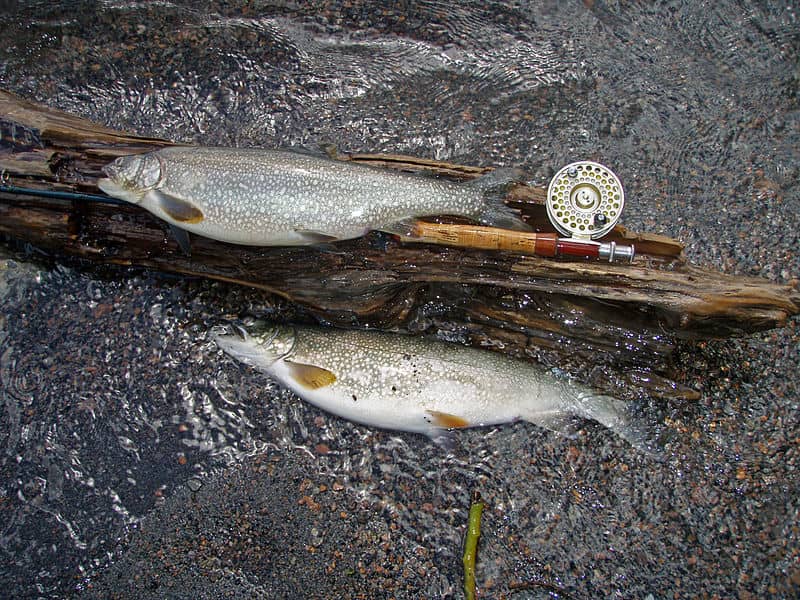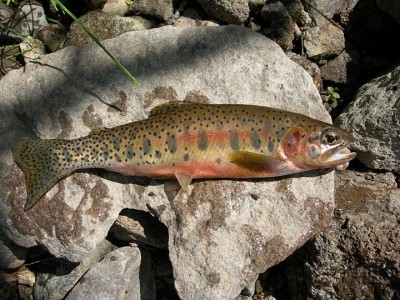Yellowstone’s Crackdown on Non-native Lake Trout Sees Progress
OutdoorHub Reporters 05.08.14

Lake trout have existed in Yellowstone National Park for more than two decades, but park officials say that the species may soon be headed for a decline. Some may find it strange that biologists are working so hard to eradicate lake trout, a popular fish for both anglers and seafood lovers. However, the introduction of this species has nearly decimated the park’s native cutthroat trout.
“The goal was to crash the lake-trout population to a point where they are no longer adversely affecting Yellowstone cutthroat trout,” Yellowstone’s Center for Resources Chief David Hallac told the Bozeman Daily Chronicle. “We have evidence now that our suppression program is sufficient to cause the population to decline.”
For the last two years park biologists have netted more than 300,000 lake trout annually. Anglers who visit Yellowstone and catch a lake trout are also required to harvest it. While officials are now seeing the visible effects of the suppression program, it comes at the price of about $2 million every year. That number consumes the majority of the park’s annual $3 million invasive species budget.
“Yellowstone National Park is in this for the long haul,” Hallac said.
Not all of those funds come directly from the park’s budget—conservation groups like Trout Unlimited have donated in support of Yellowstone’s management program. For those involved, the cost is worth it if it means restoring the park’s ecological balance. The decline of cutthroat trout has caused a domino effect in the park’s food chain, affecting bears, elk, and bald eagles, to name a few.

Lake trout were first discovered in Yellowstone Lake in 1994, and quickly out-competed native cutthroat trout for food. A single lake trout can also eat up to 40 cutthroat trout a year. The lake trout’s impact on the cutthroat population led to trouble for all the other predators that rely on the latter in some form or another; a study published last year found that as a result of the cutthroat’s decline, the park’s bears have turned increasingly to elk for food. Researchers estimate that a total of 25 species have been affected by the introduction of lake trout.
Fishing for lake trout is becoming increasingly difficult, which park officials believe is a good sign that the fish is on its way to a manageable number. According to the Associated Press, it is unlikely that the fish will die out altogether, but the population can be reduced to a point where the cutthroat can be restored. According to the Greater Yellowstone Coalition, a survey last August found more juvenile cutthroats for the second consecutive year. The current goal is for a modest five percent increase in the population annually.

